Need help with newly cleared backyard
Random Bunny
6 years ago
last modified: 6 years ago
Featured Answer
Sort by:Oldest
Comments (26)
Yardvaark
6 years agoNHBabs z4b-5a NH
6 years agoRelated Discussions
Backyard help!! Need Ideas
Comments (8)stevega - the top of the hill is over 5ft from the flat area - I am 5 ft and it is taller than me when I stand on the flat areas. I guess the retaining wall would be more so if we decided to excavate the hill. Frankie - I will try an take that picture tomorrow - I do think that the railing is holding us in - but we don;t want to redo the deck until we have a better idea if we are clearning the hill or not. I want to be able to walk out the sliding glass door and right onto the deck and I was thinking more about something that was more of a platform with some wide step areas or steps spanning the entire platform. Maybe curving around when we first go out the door and opening more to grass and have the deck more to the left. (does that make sense?) I agree that I am not sure what will make it more open -but I just want to feel like I am utilizing more areas of the yard. My husband was thinking about one of the boulder walls - if we did something like that. I wonder if clearing the top area and taking out the stumps will lower it a lot and then we can have a slight grassy hill up to cleared area. Have it be much more slight. Thanks for all your ideas and comments. Ruth...See MoreNeed help for landscaping ideas on new backyard
Comments (3)" I wanted to do some type of patio in the middle with planting around the edges... Our intention is strictly landscaping, no structure." Since "landscaping" can consist of anything that might be in the landscape: walks, wall, drive, fence, plantings, etc.... we might not know what you mean by "no structure"... after you say you want to do "some type of patio...". SOMEONE must think of what goes where (do the design) and it will either be you with assistance from here, or it will be a designer that you hire. If you think you want to design the space, you might start be creating a scale base plan that shows the existing elements that will remain. Posting the base plan here will make it easier for people to comprehend the space and you will need it anyway if you're going to do the design. Including pictures that show how the space relates to the house and surrounding areas will be useful. So far, the pictures don't give a feel for how the house and space work together. Wouldn't you want a pathway connection between house and patio? So far, we can't see where that could possibly go. (The first picture is no good because of the intense shadow.) (BTW, you can post multiple photos in the same post; just list the code for each in succession.) It will be helpful if you describe in greater detail your objectives. For example, what size of a patio? Any thoughts on material to make it from? Want shade? Privacy? Screening? Etc. If you have an idea of the size, shape and location for a patio, you should show it and get feedback on it....See MoreNeed help - squirrels in the backyard
Comments (5)I haven't had to protect an entire backyard from squirrels. We have three regular squirrel visitors which I love. (They do disturb the soil in my potted plants trying to bury nuts, but I just try to live with it). When they began eating the flowerstalks on my newly planted Heucheras (coral bells), I sprinkled red pepper in a solid ring on the ground around each plant. It worked pretty well. I had to reapply after watering. After about a month I stopped applying the red pepper (got lazy) but the squirrels did not resume eating the flowerstalks, so it turned out okay. I am guilty of providing peanuts to squirrels (well, it is actually my elderly mother who does). But since every neighbor around me has basically turned their backyards into hardscape when they 'improved' their homes, the squirrels do not have as many places to hang out as they used to. Their population has declined too, of course. And my 11-year-old dog is finally old and wise enough to be able to ignore the squirrels (most of the time). Not sure why your squirrels are digging up grass?...See MoreNeed help for my 'untouched' backyard
Comments (8)Can we figure that the rough, large shrubs at what look like the back lot line will remain as a backdrop, at least for the time being? With trees fore of that line, I'd remove lower limbs whether they were dead or alive so that you can view on all the way to the back limit. No reason to cut off the view in the middle of the yard. I'm not against thinking about how you would like to use space and what it can become, but to me, it doesn't look like all the weeds are anything more than weeds. If mine I don't think I would want lawn running back there, but some planting and mulch would be likely. I'd start in on not just cutting, but killing with Round-up and mulching with free mulch in preparation for whatever it will become later. But cutting at the minimum....See MoreRandom Bunny
6 years agolast modified: 6 years agol pinkmountain
6 years agolittlebug zone 5 Missouri
6 years agoNHBabs z4b-5a NH
6 years agol pinkmountain
6 years agolast modified: 6 years agoRandom Bunny
6 years agoemmarene9
6 years agoRandom Bunny
6 years agoNHBabs z4b-5a NH
6 years agol pinkmountain
6 years agoemmarene9
6 years agoRandom Bunny
6 years agoRandom Bunny
6 years agol pinkmountain
6 years agolast modified: 6 years agoYardvaark
6 years agoRandom Bunny
6 years agoYardvaark
6 years agol pinkmountain
6 years agoRandom Bunny
6 years agoPKponder TX Z7B
6 years agol pinkmountain
6 years agoRandom Bunny
6 years agol pinkmountain
6 years ago
Related Stories
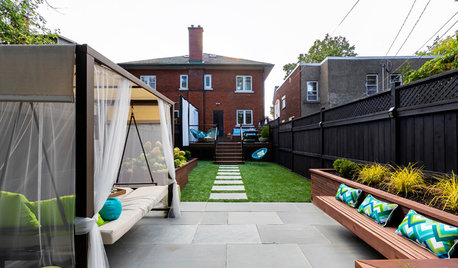
HOUZZ TVA New Backyard Oasis Helps a Military Lawyer Cope With Her PTSD
In a new episode of Houzz TV, the Ontario homeowner uses the site to create a relaxing retreat for herself and her dog
Full Story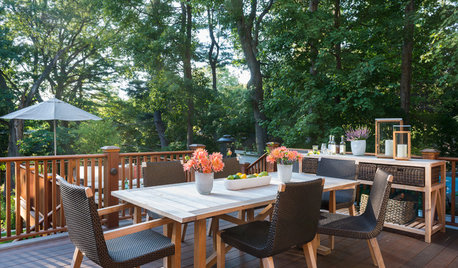
DECKSMultilevel Deck Rejuvenates a Backyard Entertaining Space
An improved flow helps create a pleasing outdoor party area for a former chef and his family
Full Story
ARCHITECTUREHouse-Hunting Help: If You Could Pick Your Home Style ...
Love an open layout? Steer clear of Victorians. Hate stairs? Sidle up to a ranch. Whatever home you're looking for, this guide can help
Full Story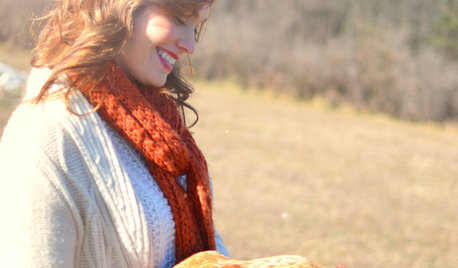
GARDENING AND LANDSCAPINGRaise Backyard Chickens Without Ruffling Neighbors' Feathers
Before you build a coop in the backyard, follow these strategies to help keep your neighbors from squawking
Full Story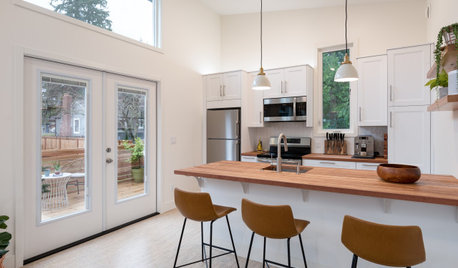
HOUZZ TVSee an Eco-Friendly Backyard Cottage in 700 Square Feet
In this video, watch how a green builder helps a Seattle couple create an energy-efficient home inspired by Houzz photos
Full Story
LANDSCAPE DESIGN10 Ways to Turn Your Backyard Into a Resort-Inspired Retreat
Luxurious accents, inviting lounge areas and twinkling lights help make a backyard feel like a vacation spot
Full Story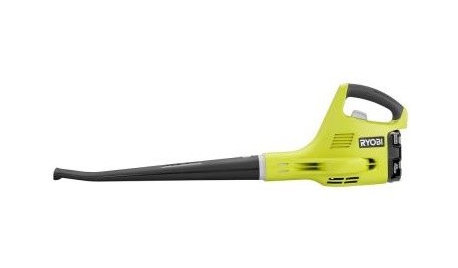
FALL GARDENING8 Must-Have Tools for Fall Backyard Prep
Autumn outdoor work feels overwhelming, but these handy tools can keep it under control
Full Story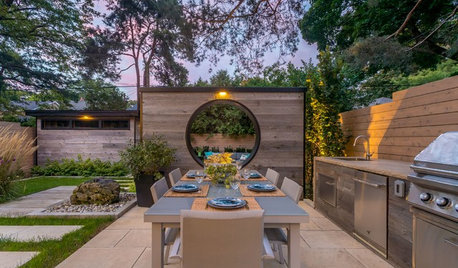
LANDSCAPE DESIGNPatio of the Week: Room to Relax in a Stylish Toronto Backyard
This stunning design includes an outdoor kitchen, dining area, lounge and distinct cutout feature wall
Full Story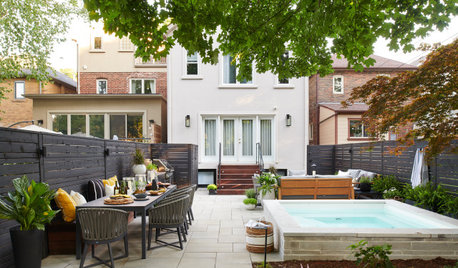
PATIO OF THE WEEKPatio of the Week: Petite Pool Enhances a Toronto Backyard
A once-neglected yard becomes an inviting urban retreat, complete with an outdoor kitchen, a lounge and a plunge pool
Full Story
PETSHow to Help Your Dog Be a Good Neighbor
Good fences certainly help, but be sure to introduce your pup to the neighbors and check in from time to time
Full Story


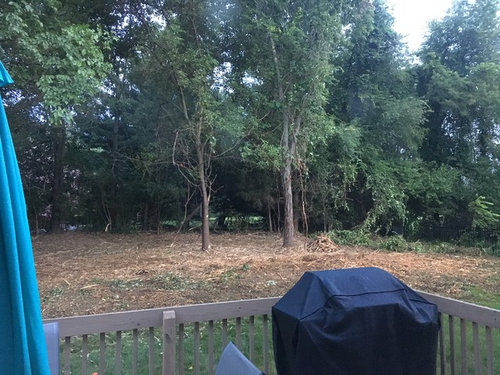




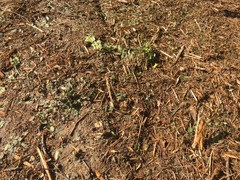

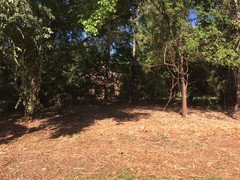
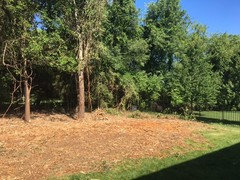
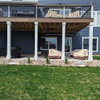

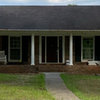
PKponder TX Z7B